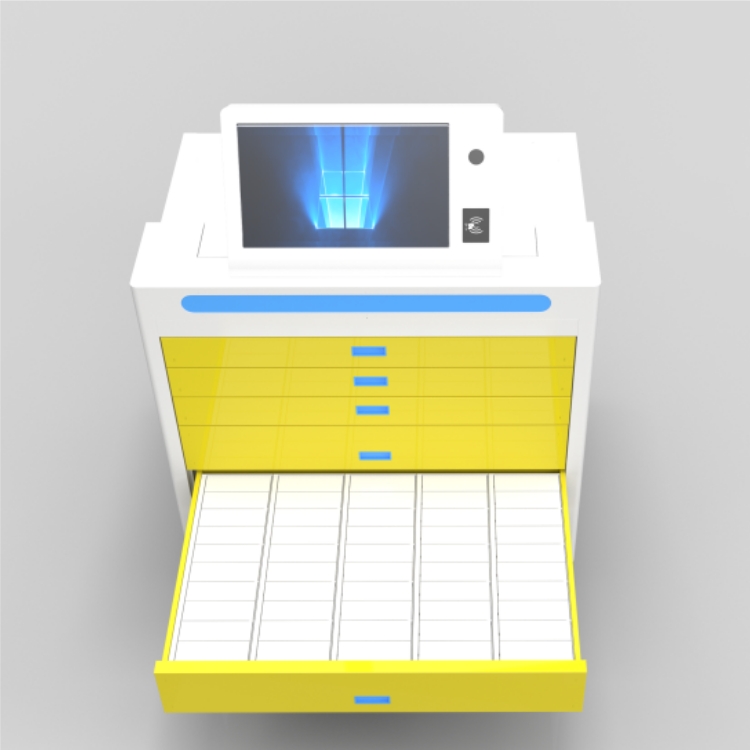(1) Multifunctional Design of Components
A multifunctional component is one that serves multiple purposes within a mechanical system. These components can perform several useful actions as the mechanism operates. For example, in a feeding mechanism, the pusher not only moves materials into place but also helps with positioning and clamping. In a clamping system, the presser applies both pressure and serves as a positioning element. In a reciprocating mechanism, the stroke switch contactor acts as a trigger for reverse motion and also pushes a counter for recording. This kind of design allows for more compact, efficient, and reliable mechanisms by reducing the number of individual parts needed.
(2) Simple and Reliable Motion Transformation Mechanism
When designing a motion transformation mechanism, it's essential to choose the most suitable type based on functional requirements and technical constraints. The goal is to achieve a simple and reliable conversion of motion form and direction, making it easier to adjust force and working positions. Different mechanisms have unique characteristics. For instance, a speed reduction mechanism should be efficient and smooth, while a speed-up mechanism may not save effort but can increase stroke or angle, though it might introduce some instability.
Mechanical engineering has a wide range of applications across various industries. From energy production to manufacturing, from service sectors to personal use, mechanical engineering plays a vital role. Modern mechanical engineering covers five main service areas: developing energy conversion equipment, producing machinery for product manufacturing, offering machinery for services, providing tools for home and personal use, and supplying mechanical systems for defense.
Regardless of the specific field, the core responsibilities of mechanical engineers include:
Establishing and advancing the theoretical foundation of mechanical engineering, such as studying mechanics, fluid dynamics, material properties, thermodynamics, and the principles behind mechanical components.
Researching, designing, and developing new mechanical products, continuously improving existing ones, and creating next-generation solutions to meet evolving needs.
Manufacturing mechanical products, which involves planning production facilities, managing production schedules, designing tools and molds, setting labor and material standards, organizing assembly and packaging, and ensuring quality control.
Managing and operating machinery manufacturing companies, which are complex due to varying production volumes and diverse customer bases. These enterprises require effective production planning and management strategies, many of which were first developed in the mechanical industry.
Applying mechanical products across industries by selecting, installing, maintaining, and upgrading machinery to ensure long-term reliability and cost-effectiveness.
Studying the environmental impact of mechanical products, including pollution during manufacturing and use, as well as resource consumption. Addressing these issues is a growing priority in modern mechanical engineering.

Intelligent Tool Cabinet,64 Door Grid Cabinet,Intelligent Grid Tool Cabinet
Jiangsu Xicang Intelligent Technology Co., Ltd. , https://www.xciwarehousing.com